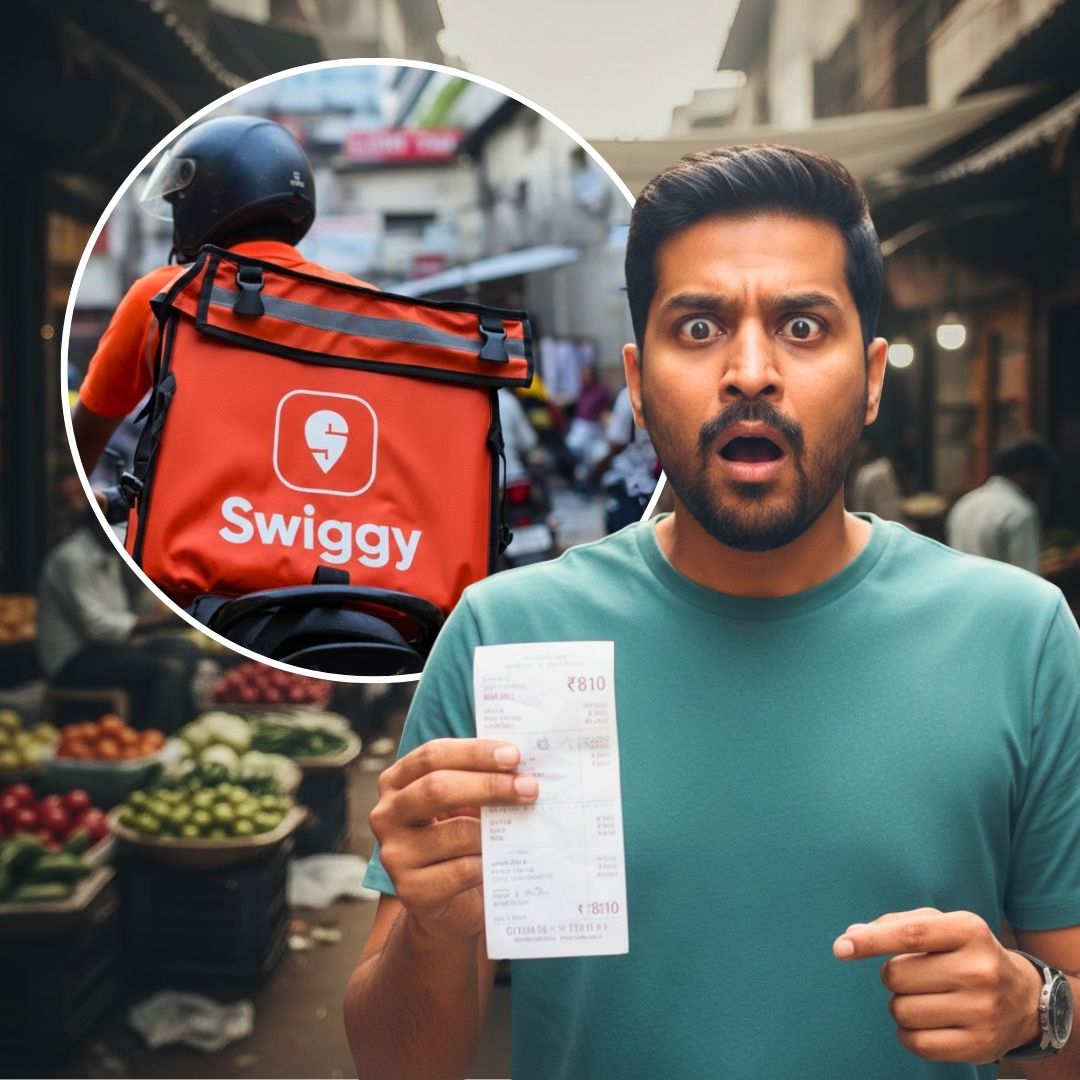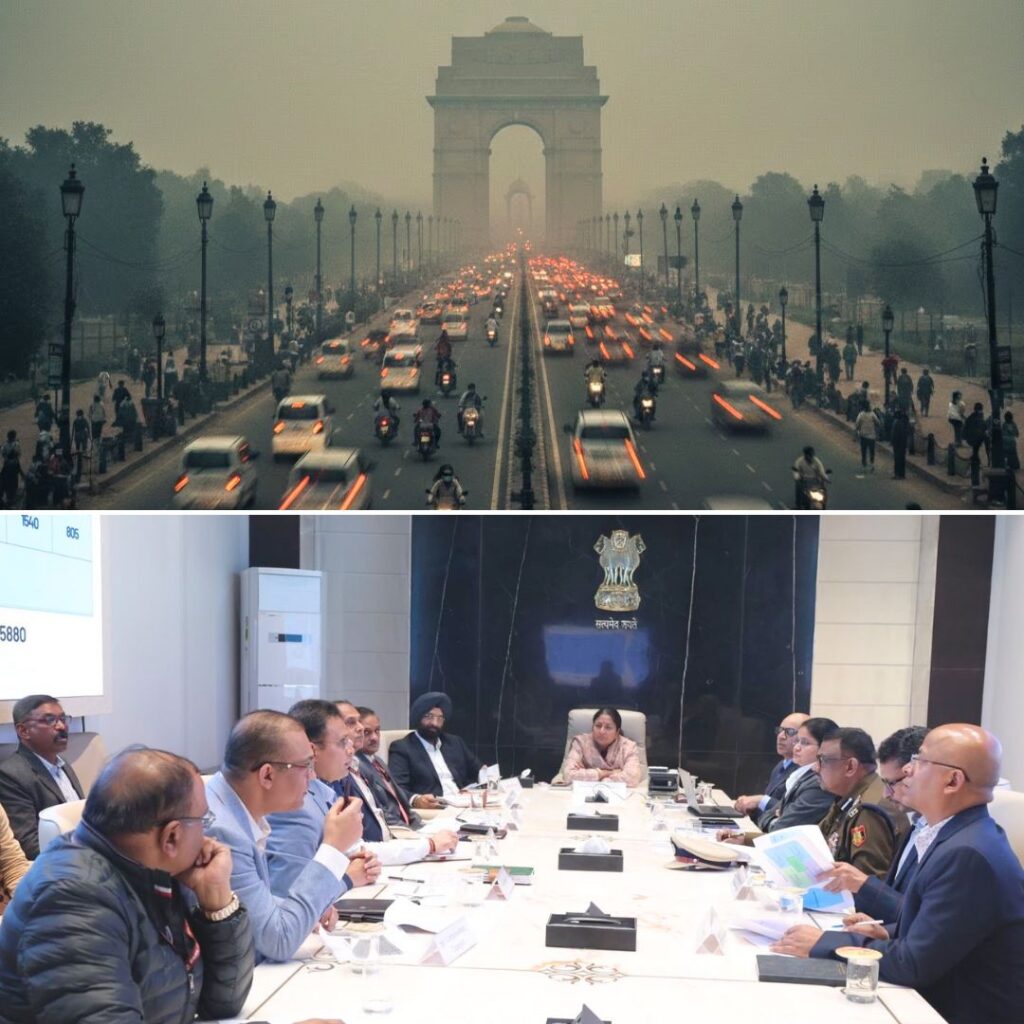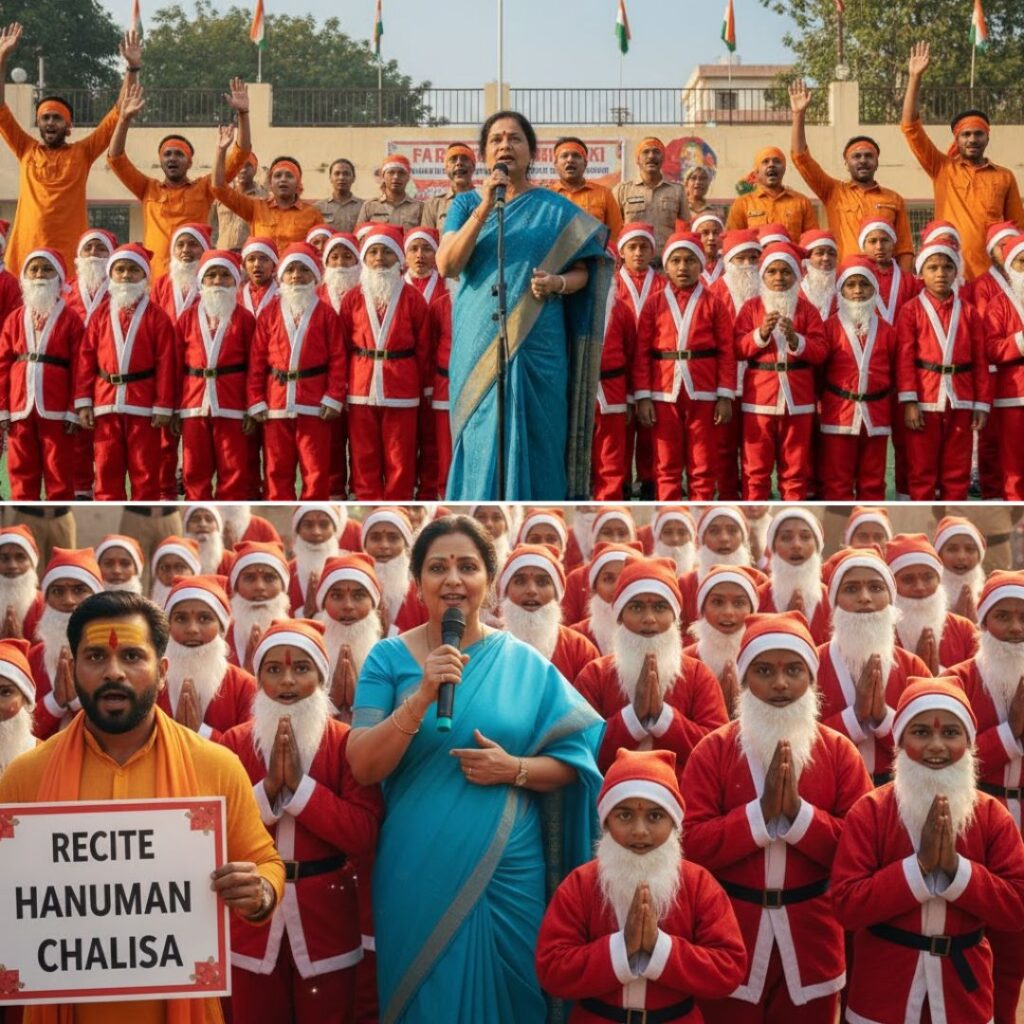A Coimbatore man named Sunder sparked widespread discussion by posting on X (formerly Twitter) about an 81% price difference between ordering food via Swiggy and purchasing the same meal directly from a restaurant just two kilometres away. His Swiggy bill for four dishes came to Rs 1,473, while the in-person restaurant bill was Rs 810.
Swiggy responded to the Hindustan Times by stating that restaurants set menu prices on the app, and platform and delivery fees contribute to the price difference. This controversy arises amidst recent increases in platform fees and the introduction of an 18% GST on delivery charges, which has pushed online food ordering costs higher during the festive season.
Significant Price Gap Raises Questions on Delivery App Charges
Sunder’s viral post has drawn attention to how convenience comes at a high cost when ordering food through platforms like Swiggy. He questioned, “Is this the real cost of convenience? The extra Rs 663 I have to pay to get the food delivered.” The bill showed the price for popular items such as Parotta, Chicken 65, Chicken Lollipop, and Chicken Thokku Biryani was significantly higher on the app than at Hotel Sathar Rowther in Coimbatore.
Swiggy clarified that pricing is at the discretion of individual restaurants and that the platform fee supports its logistics, marketing, and operational costs. Swiggy has increased its platform fee to Rs 15 per order, including GST, amid rising demand, which has added to price inflation seen by customers.
Context of Rising Platform Fees and GST Impact
The surge in online meal costs coincides with recent hikes in platform fees by major food delivery companies. Swiggy and Zomato have both increased their charges to Rs 15 and Rs 12 per order, respectively, exclusive of GST. Additionally, the government’s 18% GST implementation on delivery charges from September 22, 2025, has further raised costs for consumers.
Experts note that these platform fees, while helping companies offset losses and sustain operations such as quick commerce ventures, have resulted in visible price increases for end customers. With Swiggy processing over 20 lakh orders daily, these fees have become a significant revenue source, generating approximately Rs 3 crore daily.
Expert Advice for Consumers on Food Delivery Pricing Transparency and Costs
Consumers should be aware that food delivery app prices often include restaurant markups, platform fees, delivery charges, packaging, and taxes like 18% GST on delivery fees. These combined costs can make ordering through apps like Swiggy significantly more expensive than buying directly from restaurants.
To manage costs, consumers should compare prices, consider picking up food when possible, and watch for platform fee hikes especially during festive seasons. Transparency from delivery platforms about pricing details is essential. Ultimately, balancing convenience, cost, and choice helps consumers make informed, safe decisions about digital food ordering.
The Logical Indian’s Perspective
The incident sheds light on the complexity of pricing in the digital delivery economy, where convenience and transparency often clash. While online platforms offer unmatched ease, consumers deserve clarity on how pricing is structured, including platform fees, restaurant markups, taxes, and delivery logistics.
The Logical Indian urges food delivery services and regulators to prioritise transparency and fair pricing, ensuring consumers can make informed choices about the cost of convenience.
Hey @Swiggy, please explain. Why does ordering food in the app, 81% expensive than buying the same food from the same outlet, just 2kms away. Is this the real cost of convenience ? The extra that I have to pay to get the food delivered is INR 663. pic.twitter.com/rvLghtJJ3H
— Sunder (@SunderjiJB) September 7, 2025












